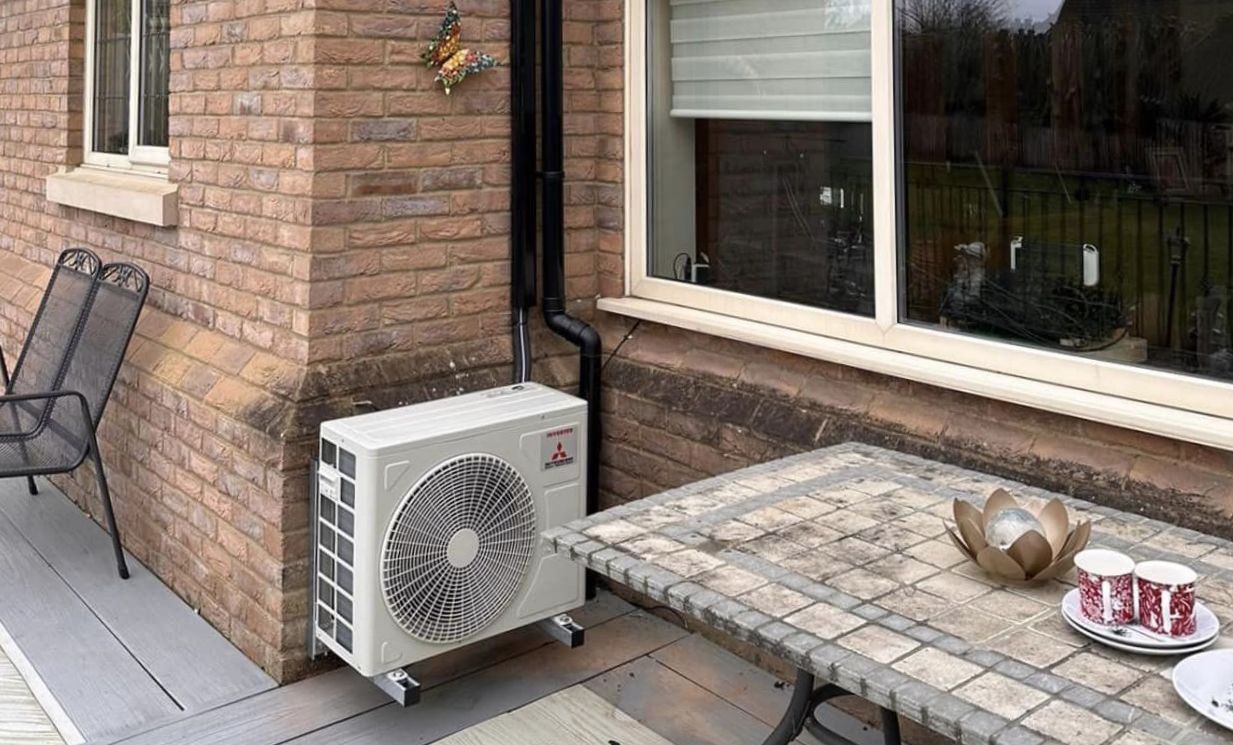Parasitic Capacitance Troubleshooting
Troubleshooting Parasitic Capacitance and Leakage Current in Solar PV Systems

In this article, we’ll address the issue of “leakage current protection” errors in inverters, a common concern for solar PV systems. You’ll learn what causes this fault, how it impacts your system, and the steps you can take to resolve it effectively.
1. Understanding Leakage Current
Leakage current, also referred to as matrix residual current, arises from parasitic capacitance between the photovoltaic (PV) system and the ground. This phenomenon occurs when the PV system lacks a transformer, forming a low-impedance loop with the power grid.
The result is a common-mode voltage generating a substantial common-mode current through the parasitic capacitance. If left unaddressed, this leakage current can lead to:
- Grid current distortion
- Electromagnetic interference
- Inverter shell electrification, posing safety risks
2. Identifying the Causes of Leakage Current
Leakage current can result from various system, environmental, and inverter-related factors:
System Issues
- Poor ground insulation of PV modules and DC cables
- Inadequate insulation of AC cables to ground
- Excessive parasitic capacitance between PV modules and the ground
Environmental Factors
- High humidity, especially after rain, increasing parasitic capacitance
- Poor inverter grounding
- Installation of the inverter in damp locations
Inverter Problems
- Faulty leakage current sensors or detection circuits
- Leakage current protection thresholds set too low
3. Troubleshooting and Solutions
Essential Tools for Diagnosis
- Multimeter
- MC4 connector wrench
- Megohmmeter
- Oscilloscope
- Current probe amplifier and probe
- LCR meter
Addressing System Issues
- Measure the DC voltage of PV strings to the ground. Ensure it is below 20V.
- Test the insulation resistance of PV cables to the ground, which should exceed 150kΩ.
- Assess AC cable insulation with a megohmmeter.
- Use an LCR meter to measure parasitic capacitance (optimal range: 5-10nF).
- Measure leakage current with an oscilloscope and current probe.
Handling Environmental Factors
- Confirm all components and supports are securely grounded.
- Inspect PV module terminals to ensure proper contact and avoid water exposure.
Resolving Inverter Issues
- Replace faulty leakage current sensors or detection circuits.
- Update inverter software and adjust the leakage current threshold.
- Modify inverter grid filtering levels to enhance performance.
4. Best Practices for Installation and Maintenance
Installation Recommendations
- Ensure PV modules and inverters are well-grounded.
- Use reliable wiring to prevent water-induced faults.
Maintenance Tips
- Monitor fault patterns. High humidity may temporarily trigger faults, which can be addressed by improved grounding.
- Regularly inspect grounding connections for all system components.
Visual Guides to Aid Troubleshooting
- Leakage Current Flow in a PV System (Illustration showing parasitic capacitance and current paths to the ground)
- Common Causes of Leakage Current (Diagram of poorly grounded components and environmental impacts)
- Step-by-Step Testing Tools (Visual representation of a multimeter, megohmmeter, and LCR meter in action)
- Grounding and Insulation Best Practices (Infographic on correct grounding techniques and waterproof connections)
- Inverter Setting Adjustments (Flowchart detailing steps to update software and modify thresholds)
By addressing these concerns proactively, you can ensure the efficient operation of your solar PV system while maintaining safety and grid compliance. For expert guidance, reach out to FT Energy today!
More EcoFacts




